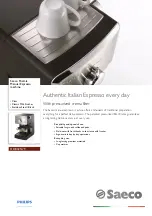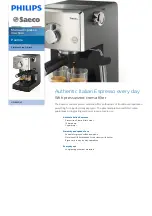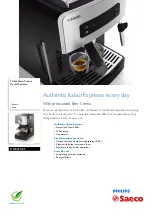
S-7300A
12. STANDARD ADJUSTMENTS
73
12. STANDARD ADJUSTMENTS
CAUTION
Maintenance and inspection of the sewing machine
should only be carried out by a qualified technician.
Ask your Brother dealer or a qualified electrician to
carry out any maintenance and inspection of the
electrical system.
If any safety devices have been removed, be
absolutely sure to re-install them to their original
positions and check that they operate correctly
before using the machine.
Secure the table so that it will not move when tilting
back the machine head.
If the table moves, it may crush your feet or cause
other injuries.
Use both hands to hold the machine head when
tilting it back or returning it to its original position.
If only one hand is used, the weight of the machine
head may cause your hand to slip, and your hand
may get caught.
Turn off the power switch and disconnect the power
cord plug at the following times.
The machine may operate if the treadle is depressed
by mistake, which could result in injury.
・
When carrying out inspection, adjustment and
maintenance
・
When replacing consumable parts such as the
rotary hook and knives
If the power switch needs to be left on when carrying
out some adjustment, make sure that you switch the
sewing machine to maintenance mode.
Pay careful attention to safety.
12-1. Thread tension spring
<Thread tension spring position>
The standard position of the thread take-up spring (1) is 6 to
7 mm (for -3 specifications) or 4 to 5 mm (for -5
specifications) above the surface of the arm thread guide (3)
when the presser foot (2) is lowered.
1. Lower the presser foot (2).
2. Loosen the set screw (4).
3. Turn the thread tension bracket (5) to adjust the spring
position.
4. Securely tighten the set screw (4).
* If the lifting lever or other method has been used to raise
the presser foot when adjusting the thread take-up
spring, the movement amount of the thread take-up
spring will be limited by the thread take-up spring
stopper.
0912D
<-[][]3> 6 - 7mm
<-[][]5> 4 - 5mm
















































